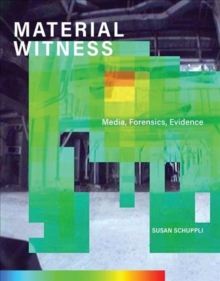
Biopolitical Screens : Image, Power, and the Neoliberal Brain PDF
by Pasi Valiaho
Part of the Leonardo series
Description
An investigation of the aesthetics and politics of new visual media under twenty-first-century capitalism, from console games to virtual reality to video installation art.
In Biopolitical Screens, Pasi Valiaho charts and conceptualizes the imagery that composes our affective and conceptual reality under twenty-first-century capitalism. Valiaho investigates the role screen media play in the networks that today harness human minds and bodies-the ways that images animated on console game platforms, virtual reality technologies, and computer screens capture human potential by plugging it into arrangements of finance, war, and the consumption of entertainment. Drawing on current neuroscience and political and economic thought, Valiaho argues that these images work to shape the atomistic individuals who populate the neoliberal world of accumulation and war.
Valiaho bases his argument on a broad notion of the image as something both visible and sayable, detectable in various screen platforms but also in scientific perception and theoretical ideas. After laying out the conceptual foundations of the book, Valiaho offers focused and detailed investigations of the current visual economy. He considers the imagery of first-person shooter video games as tools of "neuropower"; explores the design and construction of virtual reality technologies to treat post-traumatic stress disorder in veterans of Iraq and Afghanistan; and examines three instances of video installation art that have the power to disrupt the dominant regime of sensibility rather than reinforce it.
Information
-
Download - Immediately Available
- Format:PDF
- Pages:208 pages
- Publisher:The MIT Press
- Publication Date:25/07/2014
- Category:
- ISBN:9780262324533
Other Formats
- Paperback / softback from £39.37
Information
-
Download - Immediately Available
- Format:PDF
- Pages:208 pages
- Publisher:The MIT Press
- Publication Date:25/07/2014
- Category:
- ISBN:9780262324533










